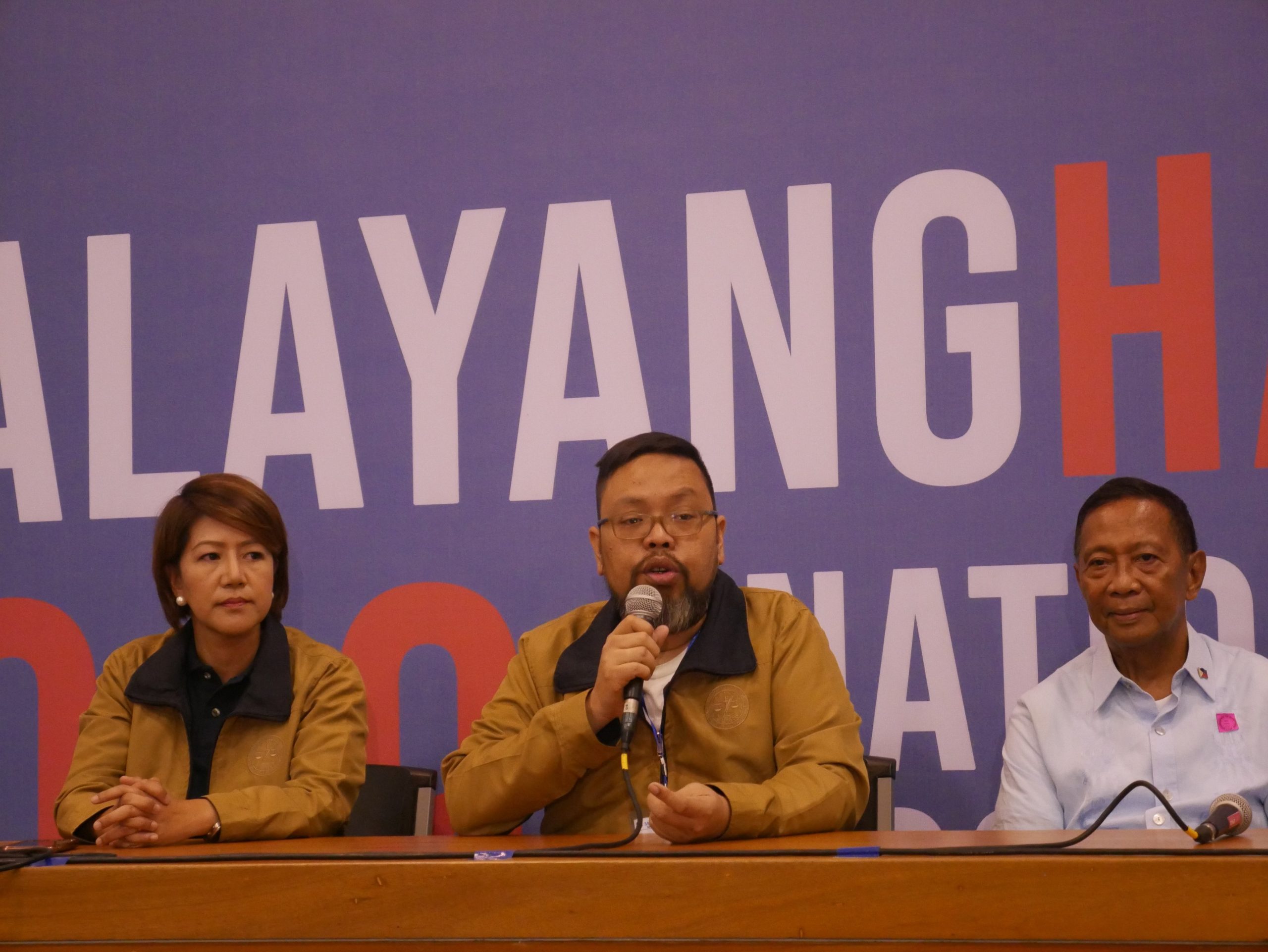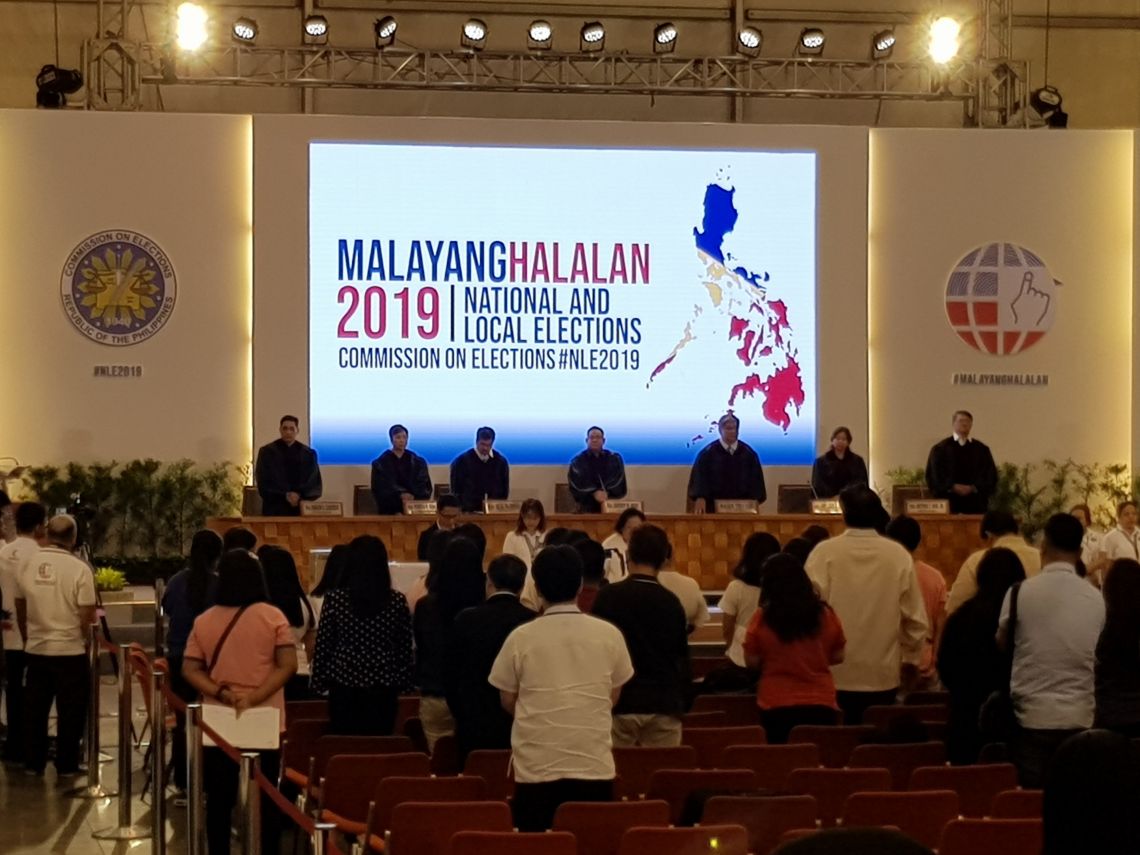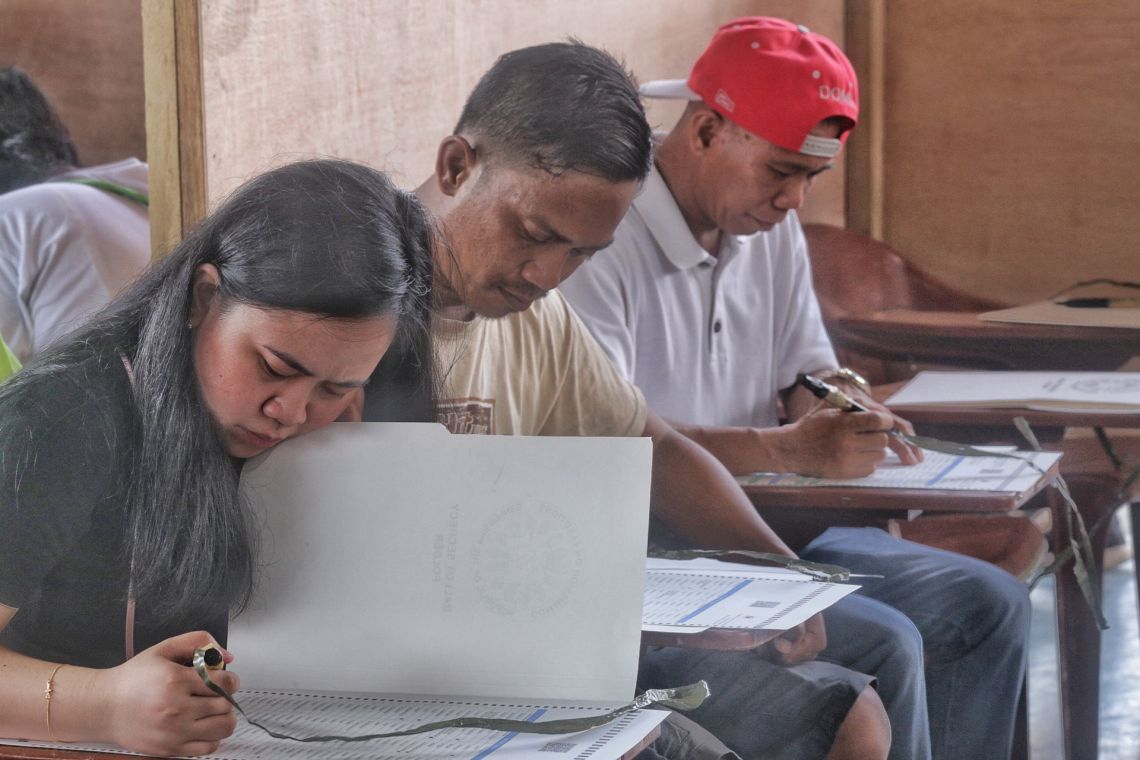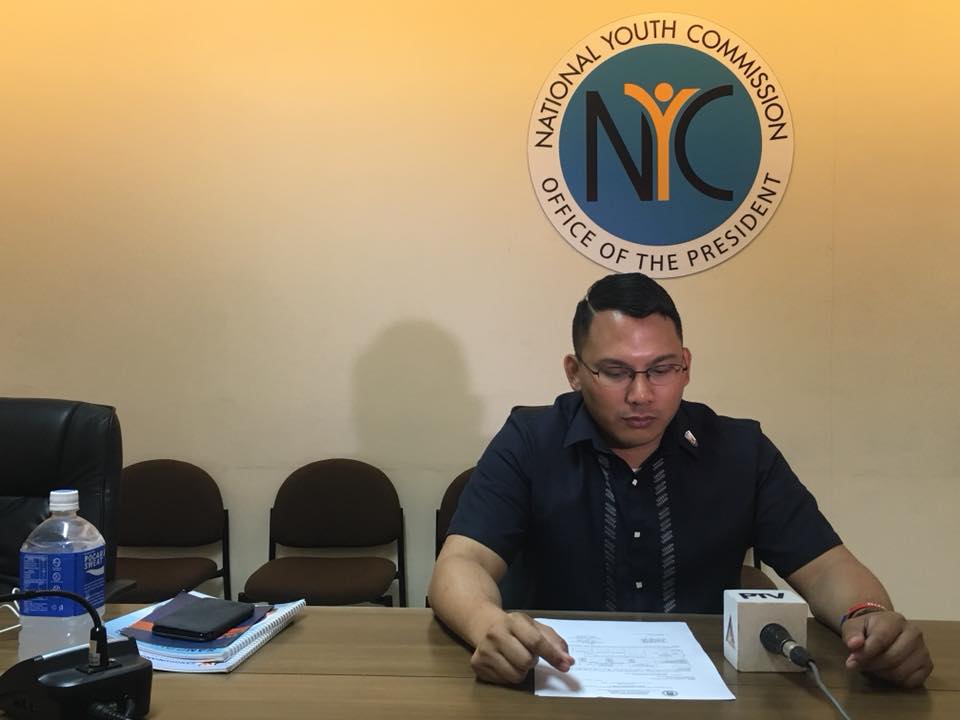
Less than 30 minutes after the polls closed May 13, Catholic church-based election watchdog Parish Pastoral Council for Responsible Voting (PPCRV) gave the nation its first glance at the election results through the transparency server. Votes from 0.4 percent of precincts in the country were already coming in.
The public was kept in the dark until seven hours later when the server showed 90.4 percent of precincts had already transmitted election returns around 1:47 a.m. on May 14, prompting citizens to protest on social media the noticeably large jump in the transmission rate.
Commission on Elections (Comelec) Commissioner Marlon Casquejo attributed the delay to the deluge of election returns and to a program used to transmit them.
“During elections, at 6 p.m., may mga nagta-transmit na VCMs. Nung nag-transmit na siya, yung FTP (File Transfer Protocols) app was still closed so nagdagsaan na lahat. Parang nag-hang,” he told reporters.
The National Movement for Free Elections (NAMFREL) in a statement said based on its experience in previous elections, the process may have been stalled as the transparency server pushes data to several recipients.
“The data went through a process of conversion during transmission. On election night, the data was not formatted correctly. A thorough testing of the system prior to the elections could have prevented this problem,” it said.
Here are three things you need to know about the transparency server.
What is the transparency server?
Republic Act 9369 provides that election returns shall be electronically transmitted to the “respective levels of board of canvassers, to the dominant majority and minority party, to the accredited citizen’s arm, and to the Kapisanan ng mga Broadcasters ng Pilipinas.”
The transparency server distributes the copy of election results to political parties, PPCRV and the media, mirroring the election results received by the Comelec in its central server–the “central repository of all election results”–in real time.
It is currently set up at Pope Pius XII Catholic Center Building in Manila, where the PPCRV is stationed.
Why is the transparency server important?
The transparency server was one of the features introduced through RA 9369 which sought to make the automated electoral process “transparent and credible,” with results that are “fast, accurate and reflective of the genuine will of the people.”
The transparency server was an answer to the public’s call for “access to information, access to data, access to election results,” PPCRV Information Technology Director Rommel Bernardo told VERA Files. It was something people sought for when the country still held manual elections, he added.
“Now with the transparency servers, they get the same inputs that the Comelec and the servers are getting and the board of canvassers are getting. It is a great thing because they can see the election as it unfolds,” he said.
Has the transparency server encountered issues in past elections?
This is not the first time that the poll body had problems with the transparency server.
In the 2010 presidential elections, the transparency server received returns slightly later than Comelec’s central server. At around 5:30 p.m. on election day, the PPCRV transparency server showed an 89.7 transmission rate, which lagged behind Comelec’s 96 percent, GMA News reported.
In the 2013 midterm elections, former Comelec Chair Sixto Brillantes Jr. said over 18,000 or 24 percent of precinct count optical scan (PCOS) machines failed to transmit results to the transparency server. Brillantes said the delay could have been caused by “weak signals” and network congestion, which was decried by telco providers PLDT Inc. and Globe Telecom.
Election services provider Smartmatic lauded the 2016 elections for having the fastest transmission in Philippine history. However, it wasn’t left unscathed from issues after Smartmatic–without Comelec clearance–altered the computer script in the transparency server a day before elections.
The alteration has since been a subject of speculation, fueling the electoral contest of losing candidate Ferdinand “Bongbong” Marcos Jr. against Vice president Leni Robredo.
Sources
ABS-CBN News Online, “Brillantes: 18,000 PCOS machines had transmission problems,” May 24, 2013
Commission on Elections website, “Final Source Code Review Report for Automated Election System (AES) Certification Services for the Republic of the Philippines Commission on Elections (COMELEC),” April 12, 2019.
Commission on Elections website, Resolution No. 10520, April 3, 2019.
GMA News Online, “PCOS may not be transmitting to other servers, poll execs say,” May 14, 2010.
Inquirer.net, “Brillantes blames telcos anew for failure to transmit results,” May 24, 2013.
Inquirer.net, “Smartmatic faces probe,” May 14, 2016
Official PLDT Inc. website, “PLDT Group statement regarding ‘delayed transmissions’ of election results,” May 16, 2013.
Senate of the Philippines website, Republic Act 9369.
(Guided by the code of principles of the International Fact-Checking Network at Poynter, VERA Files tracks the false claims, flip-flops, misleading statements of public officials and figures, and debunks them with factual evidence. Find out more about this initiative and our methodology.)






